
3 minute read
Getting in the Flow
Tai Chi Offers Gentle, Effective Exercise
Your Life. Your Plan.
By Julie E. Bloemeke
Before starting her first tai chi class, Jeannette Dempsey made a confession. “I wasn’t even sure how to pronounce it.”
Experience the Lenbrook Difference.
Everything about this life plan community is designed to offer new experiences and a new perspective on life. Lenbrook is a vibrant and beautiful community with amenities galore. There are so many options every day—exercise classes, excursions, a meal with friends, or just relaxing.
Lenbrook also offers a full range of excellent health care, if the need arises. Plus, it is the only not-for-profit senior living community in Atlanta to earn national accreditation.
Visit

The 89-year-old Dempsey, like many other seniors drawn to tai chi, sought out the practice because she heard that it might help with arthritis and balance, and she was looking for ways to stay active after a recent bout with heart problems.
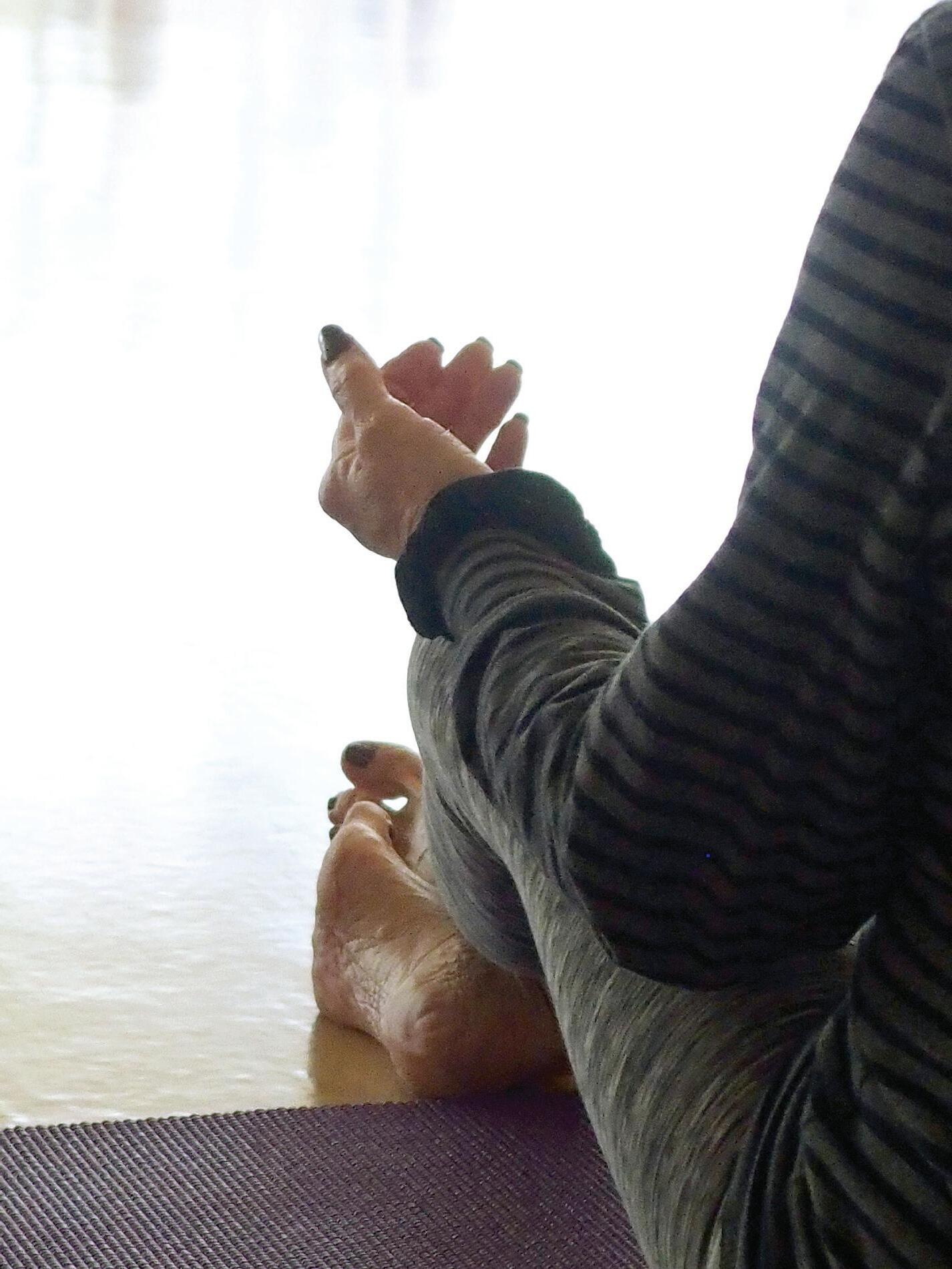
Tai chi, pronounced “tie chee,” is an ancient Chinese martial arts practice known for enhancing the “chi,” or life energy, and promoting a sense of peace and calm through connecting the mind and body. Characterized by slow, rhythmic movements, the exercises are performed seated or standing, with the aid of a chair if needed, and can be tailored specifically for older adults and people with special health concerns.
Though each tai chi class offers its own flair and flavor, all share one core component: to ensure that the participants feel confident and comfortable in learning and practicing the positions.
For Shane Orfas, who teaches tai chi/quigong—a practice developed specifically for hospital recovery—weekly at the Ed Isakson YMCA in Alpharetta, the class is about cultivating harmony between the mind and body. He opened his session by reassuring everyone that the practice is gentle and integrative, reminding them, “You’re in the right place.” He then inquired about particular concerns so he could customize the practice to students’ needs.
At the North Cobb Senior Center in Acworth, where Dempsey went for tai chi, teacher Tara Vroman’s approach is similar to Orfas’ approach. Vroman stressed the importance not only of warm up and cool down, but also said she goes “with how the class is feeling.” Generally, her students focus on balance and fall prevention.
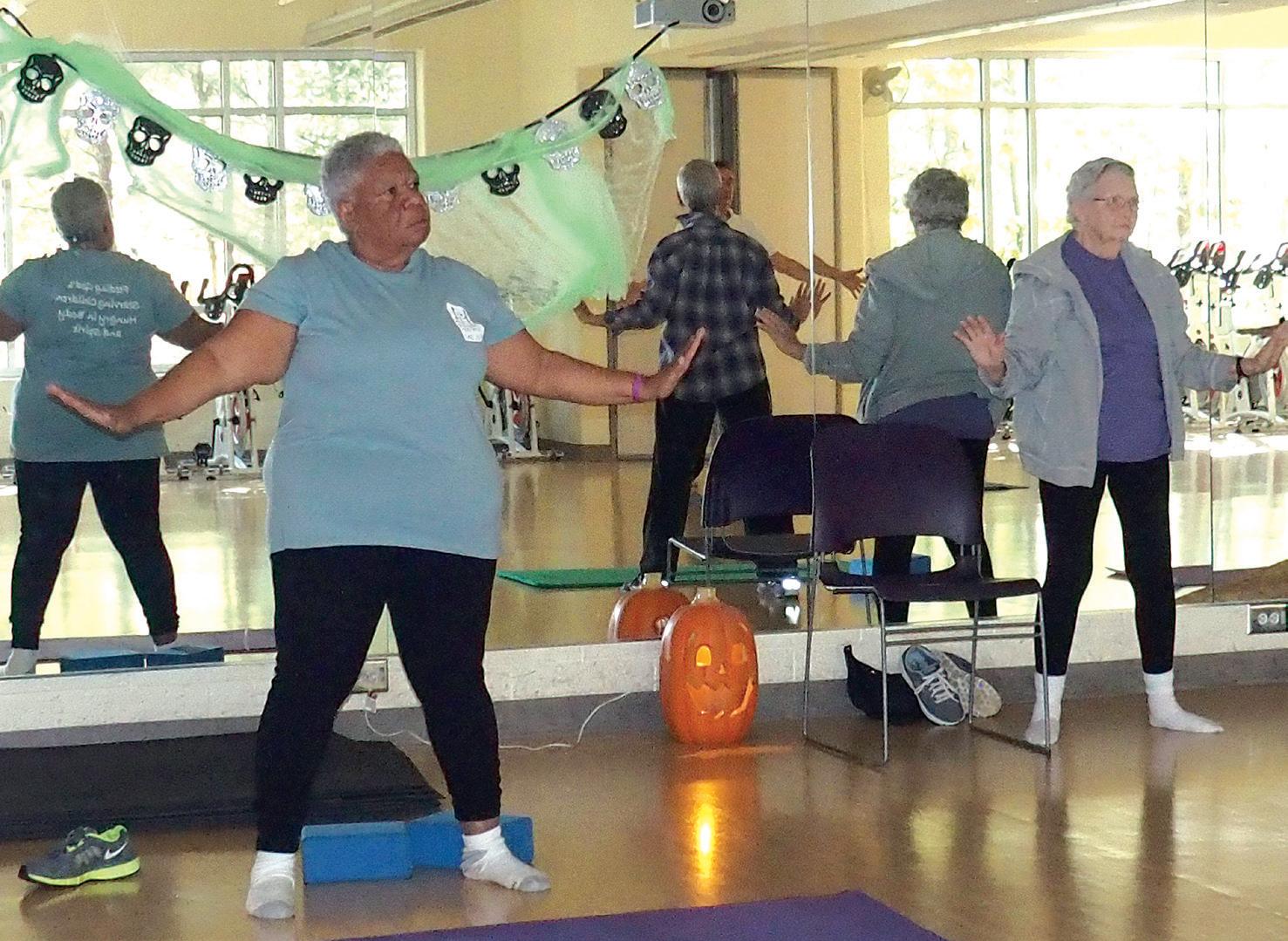
On one day recently, Vroman stood at the front of the class, gave an overview of the next hour and discussed any concerns. Dempsey, seated at the edge of the class, began her warmup in her chair.
In Orfas’s class, the focus was also on balance. His opening meditation encouraged the students to visualize what balance looks like and to consider the harmony of one’s energy. Orfas asked the students to be in touch with their physical self and space. After the meditation, Orfas began with slow, gentle movements while piano music played softly in the background.
Vroman’s class had a similar atmosphere. Instrumental music from the Tai Chi for Health Institute played in the background. The participants followed Vroman’s lead; her instructions were clear, thoughtful and encouraging. As she guided them through heel and toe movements, she reminded them to proceed slowly, with intention, thinking of “balancing at every point.”
When students seemed apprehensive about a sequence called “waving clouds with hands,” Vroman reminded them that sometimes it takes a bit “to get the brain working…but once you get into the flow, the brain doesn’t have to work as much.” Dempsey left her chair and joined the members of the class, confidently standing and flowing through each sequence.
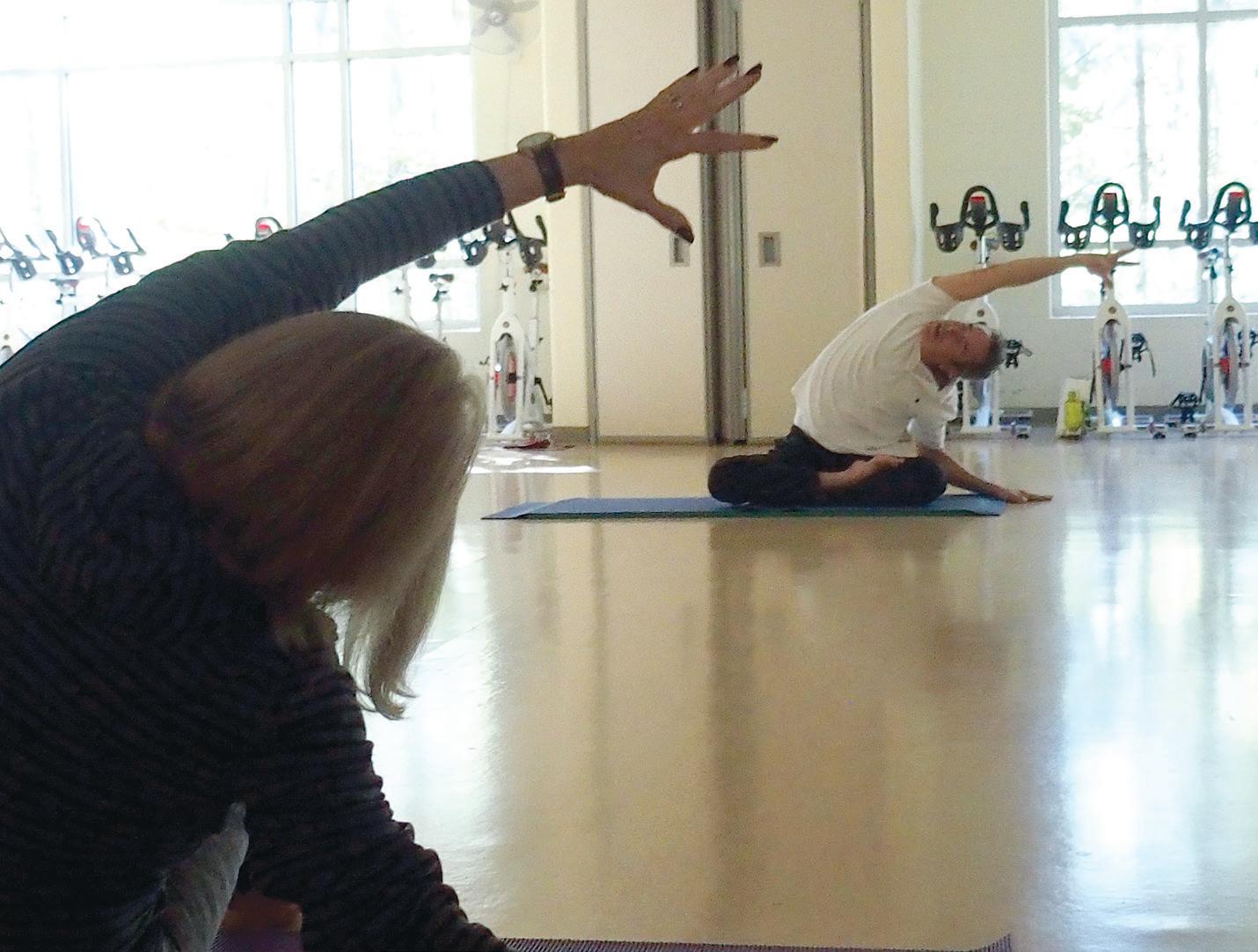
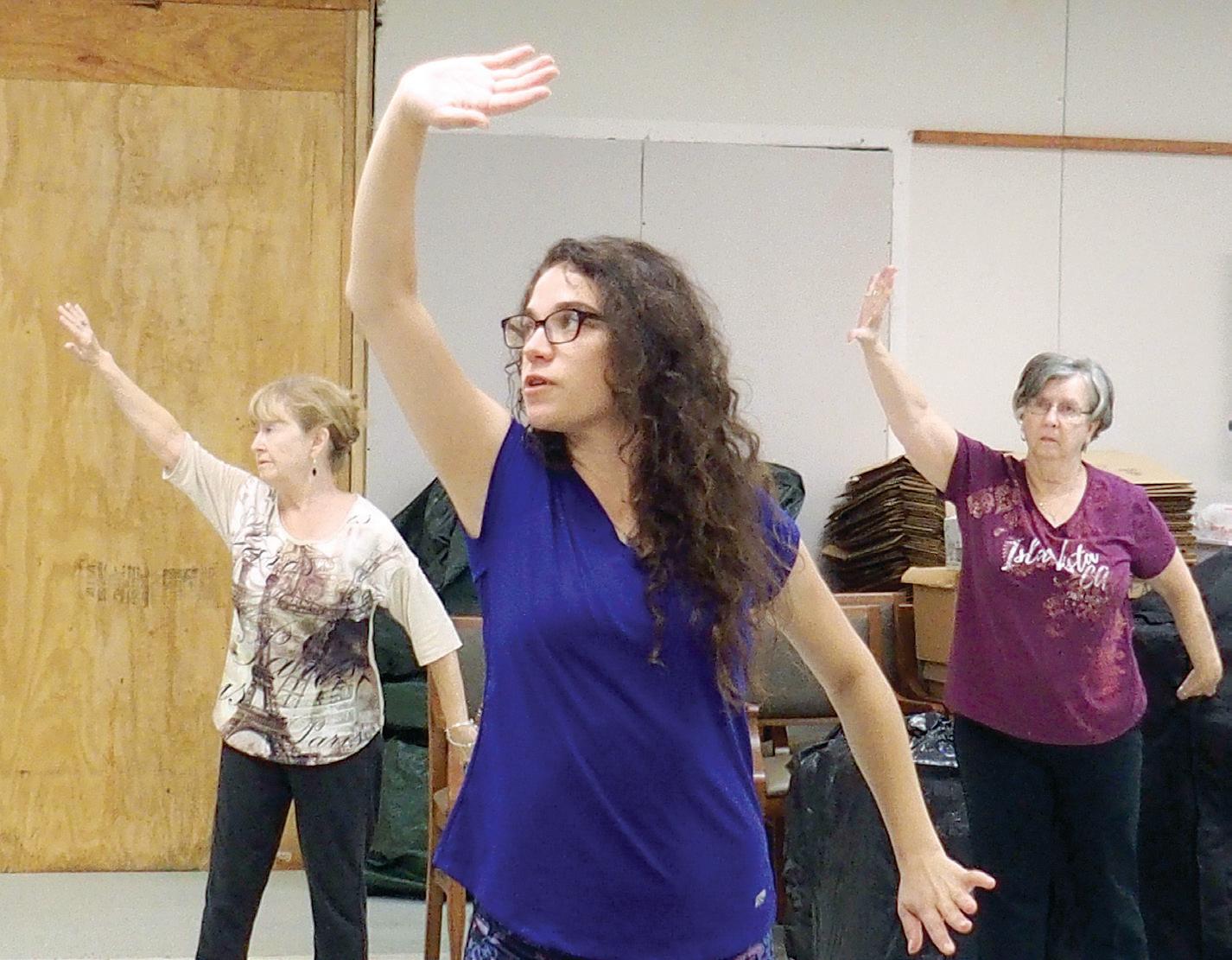
For Cheryl Smith, Vroman’s class is a gathering she tries not to miss. To emphasize that point, she proudly exclaimed, “Today is my 67th birthday!”
She’s been drawn to the practice because she enjoys “slow-motion exercise and balance.” And she has some personal tai chi goals, she said, “to go into the woods and practice tai chi…to be that in tune with nature…or to practice at Golden Gate Park in San Francisco.”
After working for the postal service for 31 years, Marti Billstrand, 69, joined tai chi after a total knee replacement and recovery from a broken hip. Now, Orfas’s class “is something that you make a priority; it goes on my schedule before anything else,” Billstrand said.
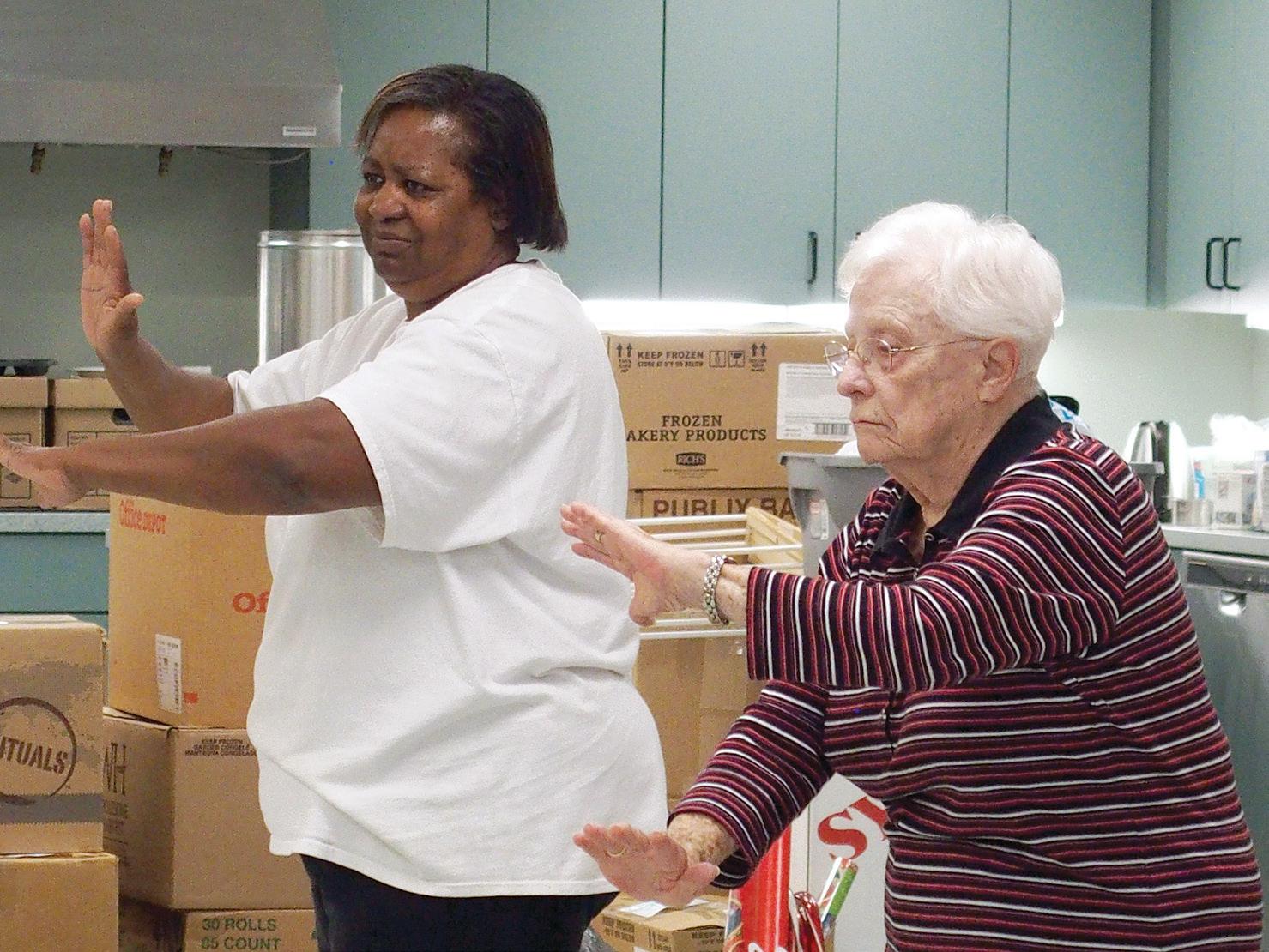
The physical nature of the class has helped her stay active and mobile. She’s also enthusiastic about how the pairing of yogic
Continued on page 18










